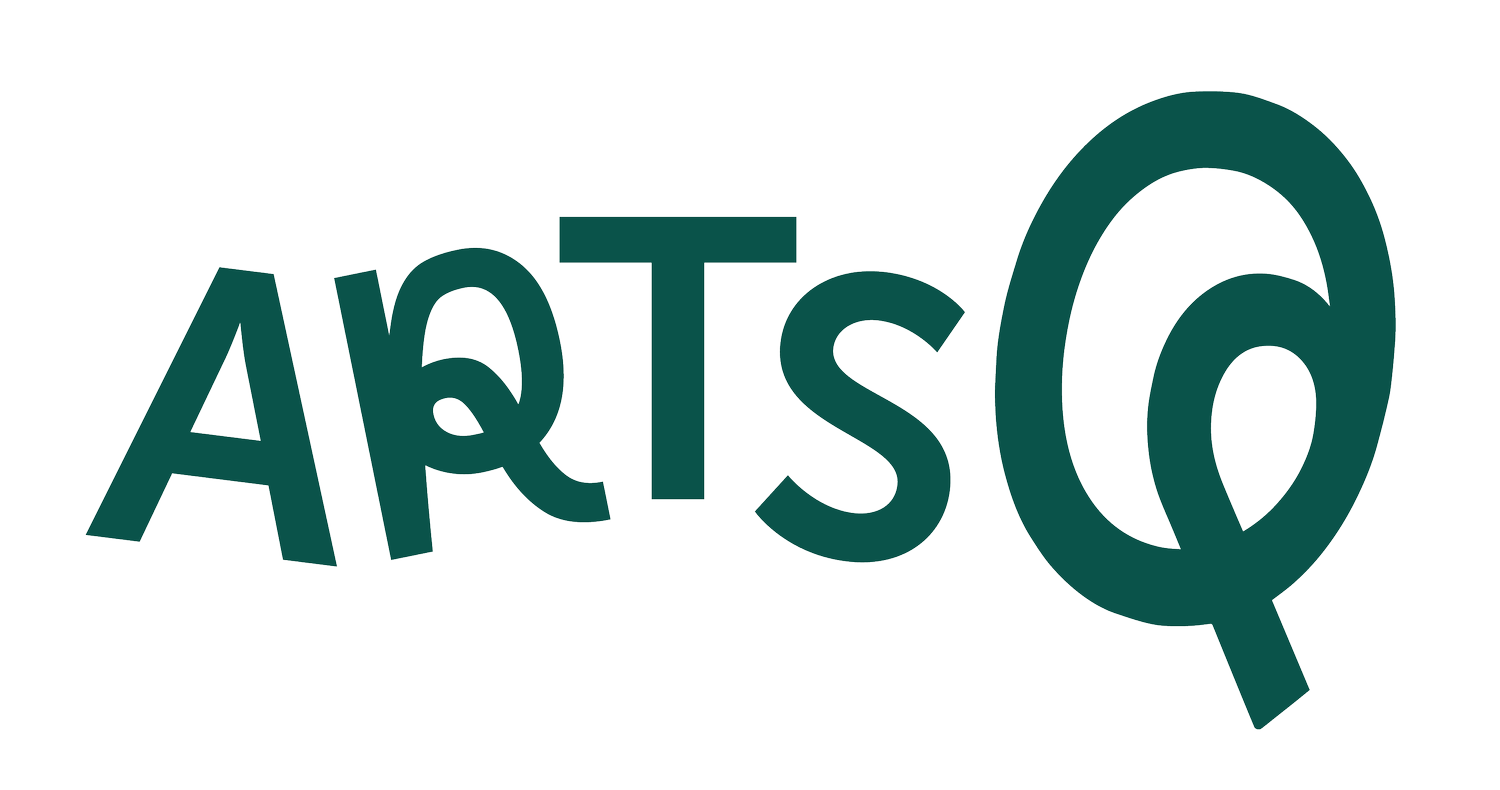Raphael’s Lady with a Unicorn and Italian Renaissance Portraiture
In this video we learn to read the painting, “Lady with a Unicorn” (c. 1505), created by the Italian renaissance artist known as Raphael. Images like this one of a living person observed from life, what we call portraits, were just one of the many innovations developing out of the period in Europe known as the Renaissance (c. 1300–1600). Everyday people (not just rulers) began having themselves represented in art in ways that expressed how they wanted to be seen in the world. Raphael’s image cleverly points to both the realities and fantasies of life as a renaissance woman.
Italian renaissance portraiture
Portraits were highly valued in the Renaissance. Your portrait was meant to represent who you were, both inside and out, and the very best artists were called upon to make them. Artists, like Raphael, who created portraits, used visual signs to tell viewers about the person shown (what we call the “sitter”). Clothing, accessories, movements, gestures, and facial expressions were all carefully selected to communicate specific information about the sitter’s identity (and just like today, sometimes that identity was more wishful thinking than reality!). This means that, like a story, a portrait can be read.
Renaissance portraiture and today!
The traditions of portraiture developed in the Renaissance have had a lasting influence on the ways that we represent ourselves today. This video invites us to think about how we construct our own identities.
Learn more
Italian Renaissance Art teaching resources from the National Gallery of Art
